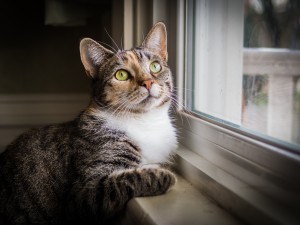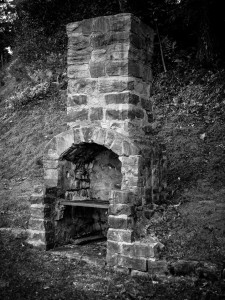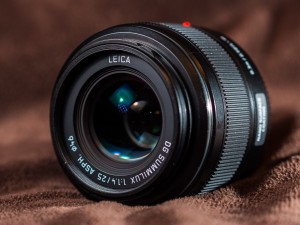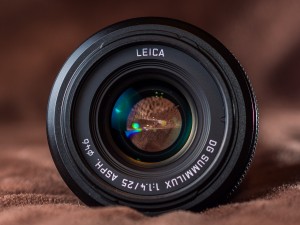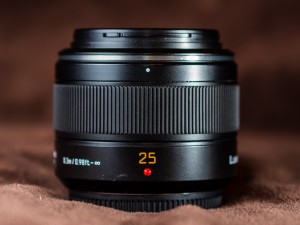Today I’ll be looking at a lens with a classic focal length that has been widely accepted as a ‘normal’ lens. These types of lenses are generally referred to as the ‘nifty fifty’, and for good reason. Generally speaking, this type of lens can be very bright, small and have fantastic optical properties in a low to medium cost lens. With that being said, here are my thoughts on the Panasonic Leica 25mm f/1.4 DG Summilux ASPH lens for the micro 4/3 lens mount. To prevent myself from having to type that out again, I’ll just call it the PL25 from here on out…
Lets back up a minute as I’m sure some of you might question why I called it a ‘nifty fifty’ but it’s labeled a 25mm lens. This is because almost everyone is familiar with the focal lengths (and their corresponding angle of view) of the 35mm format. Being that the 4/3 sensor has a 2x crop factor compared to the 35mm sensor, you need to multiple the focal length of a m4/3 lens by 2 to get the corresponding focal length of a 35mm system. So, in short, this 25mm lens on a micro 4/3 body will give you the same angle of view as a 50mm lens on a 35mm full frame sensor.
With that being said, lets begin. This is a Panasonic built lens with the Leica name on it. I’m not sure how much involvement Leica had in its design, nor do I really care all that much. Leica has a very storied history in photography, but that story costs way more than I’m willing to spend on this hobby right now, so I have no experience with Leica stuff. What I do know is that this lens rocks. The build quality is superb with a great heft to it. There is a lot of glass in this little lens. Looking through the lens with the aperture wide open reveals this well.
This lens feels most at home on the larger m4/3 bodies, such as the Olympus OMD E-M5 or similar. When I put it on my Panasonic GF3, it makes the camera very front heavy and somewhat difficult to get a solid hold. It is certainly workable, but not optimal. Dominating the barrel of the lens is a nice and wide manual focus ring. The ring feels great in the hand and even though it’s a fully electronic ‘focus by wire’ system, it performs admirably. Truthfully though, I don’t use manual focus much, as the autofocus is fantastic. On the E-M5, autofocus is very fast and accurate. This is the main reason I opted to buy this lens and sell my Panasonic 20mm f/1.7. The autofocus on the PL25 just blows the 20mm away. This lens is plenty quick enough to grab shots of my 2 year old daughter running around the park. The 20mm often struggled at this, as it used an older focusing mechanism.
So the lens looks and feels nice, but how does it perform? Well, I haven’t shot test charts or pixel peeped as others have, but I’m quite happy it. I don’t have any complaints about it. If used correctly (proper shooting technique!), this lens can provide awesome results. The images are sharp and full of contrast. The fast f/1.4 aperture lets you shoot at very fast shutter speeds in most lighting situations. An added benefit of the m4/3 system in general is that you can actually use f/1.4 and still have a decent amount in focus. From my days shooting a Nikon FX camera, I almost never let my 50mm f/1.4 open all the way. Performance suffered a bit, but it was more so because there was such a tiny sliver of depth of field in focus and it was difficult to use correctly. With this lens on a m4/3 camera, you can shoot at f/1.4 and generally get all you need too in focus without much issue.
Overall, this lens is on my camera most of the time. If I can only carry one lens with me, it’s usually this one. Shooting with a single focal really makes you think about what you are shooting as well, and I think helps force you to make creative choices that would otherwise simply be ignored with a zoom lens. If I could only have one lens for my camera, this would be it. Below are some pictures taken with the lens and the basic shooting info.

